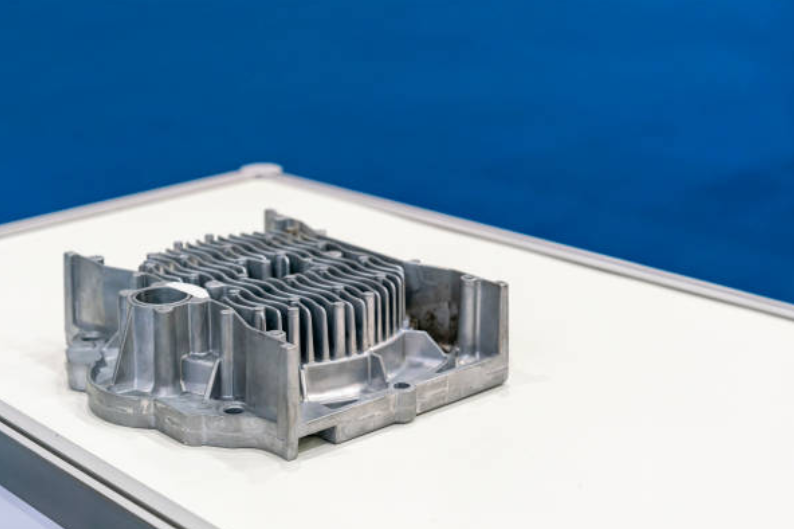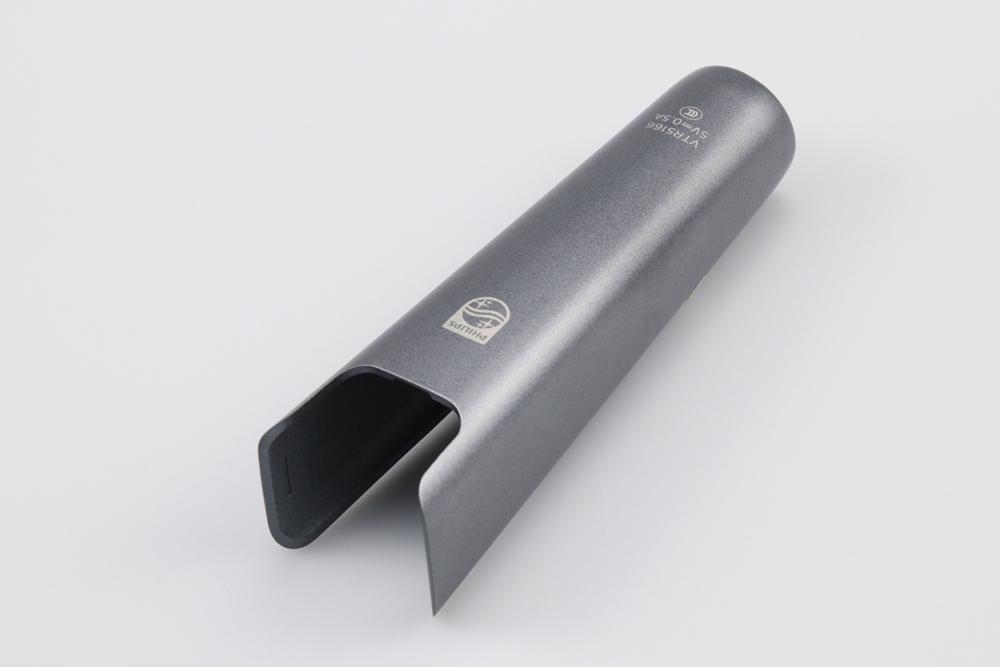How to balance lightweight design with thermal performance in lighting systems?
In lighting systems, lightweight design and thermal performance are tightly coupled rather than contradictory. When we reduce mass too aggressively, we lose thermal inertia and conduction area, which can cause the LED junction temperatures to rise and shorten the service life. The key is to place material only where it contributes to structural integrity and heat transfer. Processes like aluminum die casting enable us to engineer thin-walled yet highly efficient heat-dissipating housings, particularly for compact indoor luminaires and outdoor fixtures in demanding environments.
Using the Right Material in the Right Location
A good starting point is functional zoning of the luminaire. Regions directly under the LED boards and drivers should use thermally efficient alloys such as A380 or A356, produced via die casting or precision casting for thicker heat-spreading bases. Non-thermal, low-load portions of the housing or covers can be converted to engineering plastics like polycarbonate or nylon (PA) via injection molding, reducing overall weight without compromising thermal paths.
Geometry Optimization for Lightweight Thermal Design
Instead of adding mass, we prioritize geometry. Thin but wide base plates improve lateral heat spreading, while carefully designed fins increase surface area for convection. With 3D printing prototyping, we can quickly validate rib patterns, fin spacing, and vent openings before committing tooling for high-volume aluminum die casting. For larger housings, sand casting or gravity casting can be used to create lightweight, hollow structures while maintaining stiffness through the use of internal ribs and frames.
Surface Treatments to Boost Thermal Efficiency
Surface engineering allows us to recover thermal performance without adding weight. Processes such as anodizing and dark painting increase emissivity, improving radiative heat loss. For high-output or industrial luminaires, thermal coating further enhances heat tolerance and stability. Prior sandblasting ensures both robust coating adhesion and a controlled surface texture that supports uniform heat transfer.
Interface Control and System-Level Thinking
Even with optimized housings, poor thermal interfaces can undermine performance. Machined seating surfaces produced through CNC machining prototyping and controlled as-machined finishes minimize contact resistance between LED boards, drivers, and the heat sink. Carefully selected thermal interface materials and consistent assembly torque maintain uniform pressure and long-term reliability. At the system level, luminaire placement and airflow—especially in architectural and lighting solution projects—must be evaluated early so that lightweight housings still see adequate convection.



